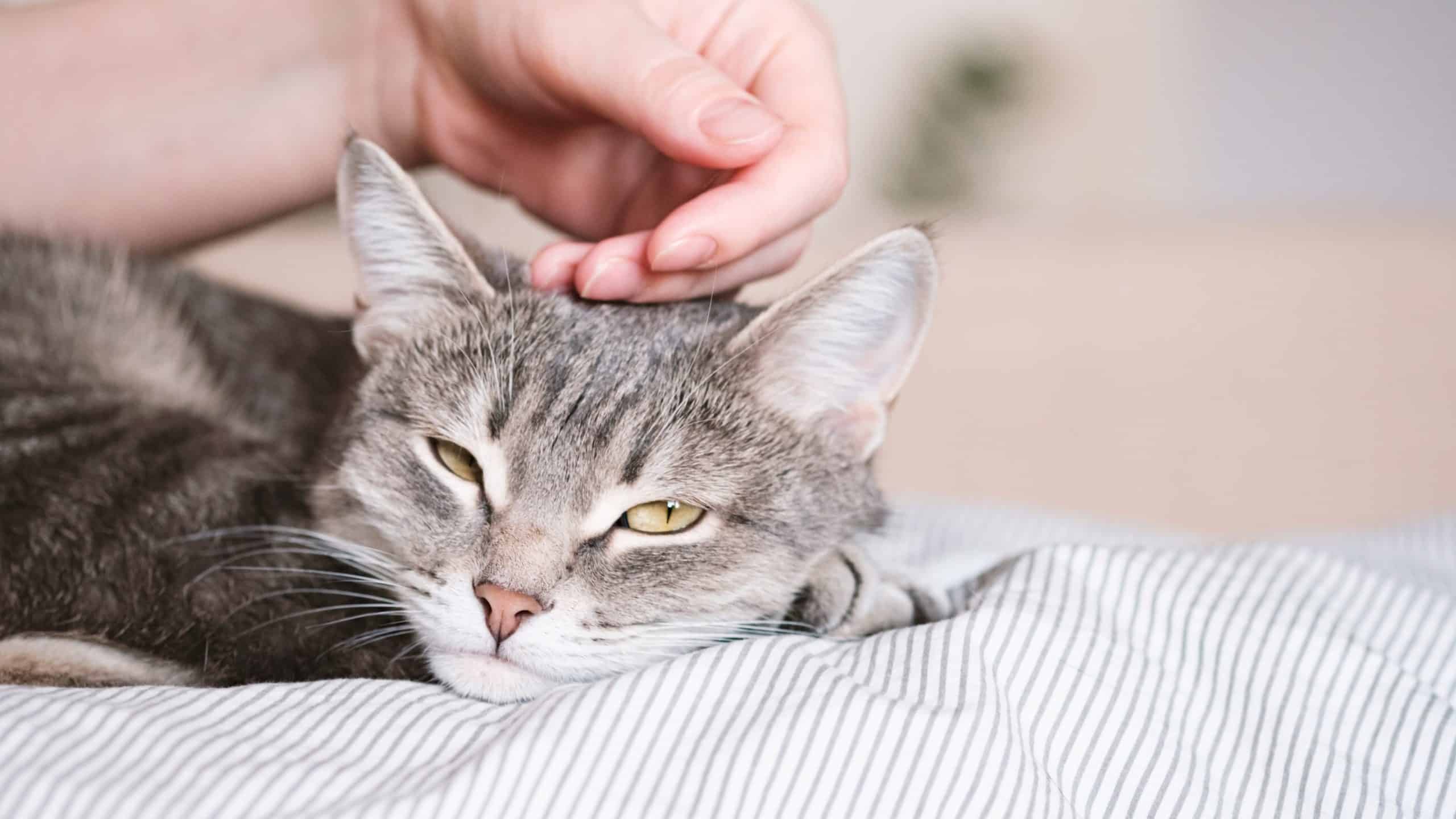If you are a cat owner in Australia, you may be considering taking out pet insurance. Unforeseen health problems, accidents and emergencies involving your cat can result in high veterinary bills, but pet insurance can help cover these costs. However, with a wide range of policies on offer, it can be challenging to find the right plan.
Savvy’s free comparison service makes it easy to compare pet insurance offers. Simply fill out our online form to get customised quotes from our insurance partners in moments, filtering on what you and your cat need. Make sure your cat is protected – get started on a quote today!
What types of pet insurance are there for cats?
In Australia, the following types of pet insurance are available for cats, offering different levels of cover:
Accident-only coverage
This basic insurance covers accidents and comes with lower claim limits. It assists with medical expenses resulting from unexpected incidents such as:
- Car accidents
- Burns
- Electrocution
- Insect and snake bites
- Poisoning
- Swallowing foreign objects
Accident and illness coverage
This type of cover provides more protection than accident-only plans, covering accidents and also a broad range of illnesses, including:
- Cancer
- Skin, eye and ear conditions
- Paralysis ticks
- Gastrointestinal problems
- Hereditary and congenital conditions
Comprehensive coverage
Comprehensive plans offer higher annual limits and cover a majority of vet bills, thereby reducing your out-of-pocket expenses. This level of insurance includes accidents and illnesses, as well as optional routine care. Depending on your policy, routine care might include:
- Microchipping
- Vaccinations
- Desexing operations
- Flea and tick control
Indoor cat coverage
Certain insurance providers may also offer specialised insurance for indoor cats. Cats that live inside generally have a lower risk of accidents and certain illnesses, so this insurance tends to cover only certain conditions that could affect indoor cats, such as:
- Cancer
- Feline lower urinary tract disease (FLUTD)
- Gastrointestinal problems
- Ingestion of a foreign object
- Poisoning
- Diabetes
- Hyperthyroidism
- Heart disease
- Outer and inner ear infections
- Arthritis
- Renal disease
Are there any restrictions or exclusions with pet insurance for cats?
While pet insurance offers valuable coverage, not all conditions or treatments will be covered.
Common exclusions
- Pre-existing conditions: most pet insurance policies exclude coverage for pre-existing conditions. These are illnesses or injuries that your cat had before the policy's effective date. Any medical issues that existed or were diagnosed before you purchased the policy will not be covered.
- Congenital or hereditary conditions: certain genetic or inherited conditions may be excluded from coverage. These are health issues that your cat is born with or that are common within specific breeds, such as hip dysplasia.
- Elective procedures: cosmetic procedures are generally excluded. Similarly, procedures that are not medically necessary, such as declawing, may not be covered.
Common coverage limitations
- Age restrictions: many policies have age limits for enrolment. Cats must usually be at least 8 weeks old to qualify for insurance, and cats aged 9 years or older may face restrictions or higher premiums.
- Waiting periods: after purchasing a pet insurance policy, there is typically a waiting period before coverage becomes effective. During this period, any illnesses or injuries that occur may not be covered. Waiting periods vary among insurers and can range from a few days to several weeks.
- Specific treatment caps: some policies may impose limits on coverage for specific treatments, procedures or conditions. For instance, there might be a cap on the amount reimbursed for dental cleanings or alternative therapies.
- Pregnancy and breeding: many insurers will not cover pregnancy, breeding-related costs or complications arising from breeding activities. However, your cat may be covered for desexing on some comprehensive plans.
What impacts the cost of my pet cat insurance?
- Breed: different cat breeds have varying predispositions to certain health issues. Some breeds are more susceptible to specific medical conditions, which can affect the cost of insurance.
- Age: older cats generally have a higher likelihood of developing health problems, so you may find your premiums increase as your feline friend ages.
- Type of coverage: plans with broader coverage, including illness, accidents and preventative care, tend to have higher premiums.
- Location: your geographical location can influence the cost of pet insurance as veterinary care costs can vary significantly between regions, affecting the overall insurance premium.
- Gender: some insurers consider the gender of your cat certain medical conditions and procedures can be more common in male or female cats, affecting the cost.
- Claims history: frequent claims for your cat or a history of significant medical issues could lead to higher premiums.
- Discounts and offers: many insurers offer discounts for insuring multiple pets or enrolling at a young age.
- Annual limits, benefits percentage and excess: opting for lower annual limits or benefit percentage might lower premiums, as can choosing a higher excess – however, you face higher out-of-pocket costs in the event of a claim.
Top tips for choosing pet insurance for cats
-
Understand your cat’s needs
Consider your cat’s age, breed, lifestyle and potential health concerns to choose the right coverage for them.
-
Review exclusions
Check for any exclusions or limitations in coverage that may affect your cat’s specific needs.
-
Evaluate costs and benefits
Look at premium costs and policy features to find the best fit for your cat's health and your budget.
-
Compare coverage options
Evaluate different pet insurance plans to find the one that offers the best coverage for your cat's specific needs.

